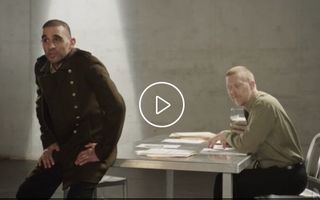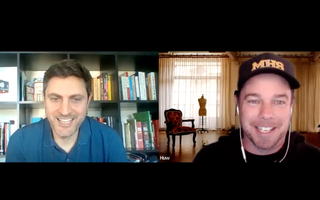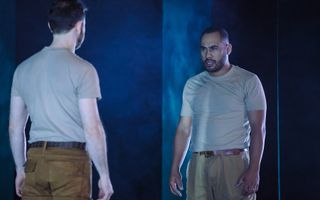 Watch
Watch
Often a character’s true nature may differ from the face they present to other characters on stage.
For instance, Iago shares his plots and prejudices with the audience (and Roderigo) who are made aware of his evil intentions whereas all the other characters on stage see him in a much more positive light. This technique where the audience are given a different perspective than those on stage, is called dramatic irony. It also aids suspense, as the audience are aware of what lies ahead for the characters, yet they must watch the action play out, powerless to stop it.
Individual Task
Firstly go through the play and make a list of all of the lines you can find that are either a description of Iago or that give us an insight into his character. Make sure you include where the line appears (ie. Act 1, Scene 3).
Then organise them into two categories:
- What Iago says about himself
- What other characters say about him
Then answer the following questions for each quote:
- Was the line said to the audience directly or to another character/s?
- Do you believe the statement is true or false?
(Remember even when a character is talking to the audience they might not be telling the truth)
Once complete, take a good look at the information you have compiled about Iago. Considering this, what is your personal opinion of the character? Write a character description to conclude your findings.
Extension task
Continue this exercise for other main characters in the play. How different are they to each other? Which characters are more truthful? Which characters are misconstrued, or viewed differently to how they truly are? In which instances are characters blind to someone’s true nature? Which characters lie the most? Which characters are fooled easily?






